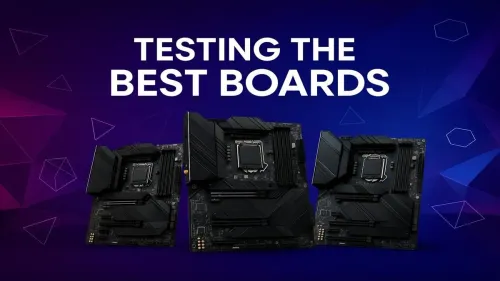
Motherboard Testing Process
Discover our rigorous testing methods to identify the best gaming motherboards 🎮. We analyze performance, features, and reliability 🔍. Find your perfect fit!
Does motherboard affect FPS in your gaming rig? The answer is more complex than a simple yes or no. This guide explores how your motherboard's VRMs, chipset, and PCIe lanes can prevent bottlenecks and unlock your PC's true potential. Build smarter, play harder! 🚀💻
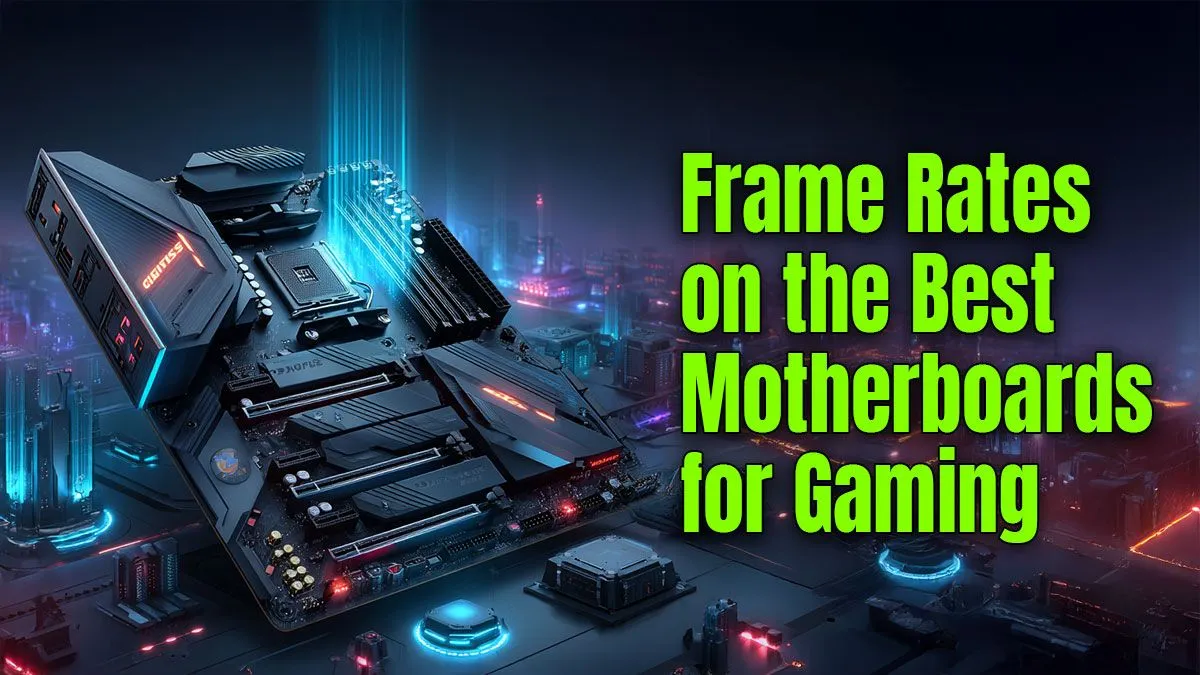
You’ve just dropped a fortune on a beastly new graphics card and a top-tier CPU. You’re ready for buttery-smooth frame rates in Apex Legends, but something’s off. The performance is good… but not great. You start wondering, could your motherboard be the sneaky culprit holding your rig back? It’s a question every PC builder in South Africa asks eventually: does a motherboard affect FPS? Let’s get to the bottom of it.



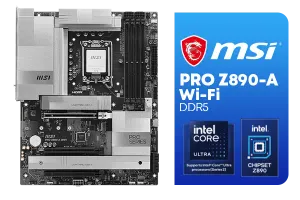
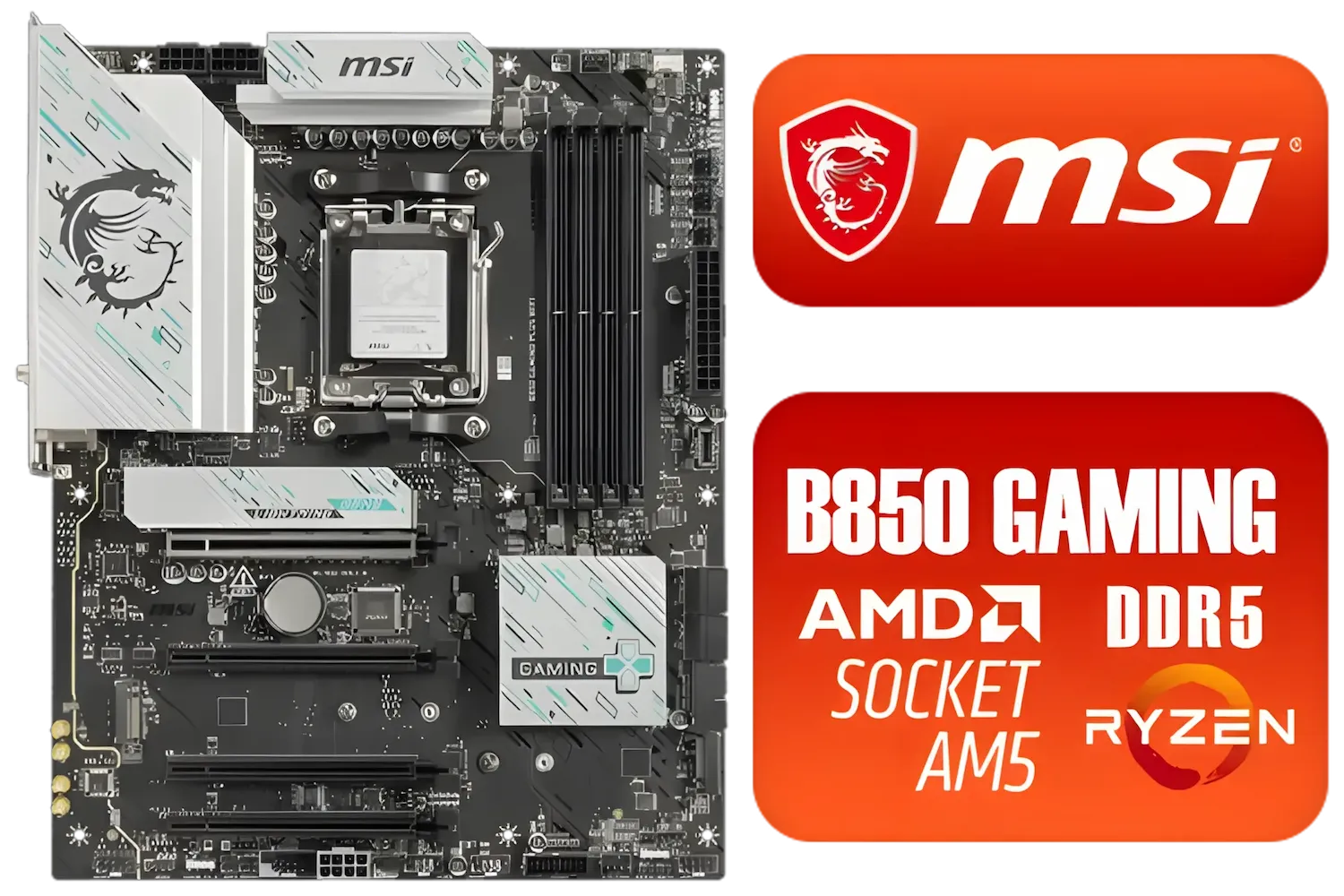

Let's cut to the chase: a motherboard does not directly process graphics or game logic, so it doesn't have a direct, measurable impact on your frames per second. Swapping a B550 for an X570 with the exact same CPU, GPU, and RAM won't magically give you 20 extra FPS.
So, are we done here? Not quite.
The real question isn't "does a motherboard affect FPS," but rather, "can a motherboard limit the performance of components that do affect FPS?" The answer to that is a resounding yes. Think of it as the foundation of your house; a shaky foundation will compromise everything built on top of it. ⚡
A motherboard is the central hub connecting all your high-performance parts. If this hub has weaknesses, it creates bottlenecks that can throttle your entire system. Here’s where it truly matters.
The Voltage Regulator Module (VRM) is a set of components that provides clean, stable power to your CPU. Cheaper motherboards often have less robust VRMs. When you pair one with a power-hungry CPU like an Intel Core i9 or AMD Ryzen 9, the VRMs can overheat. To protect itself, the motherboard will then "throttle" the CPU, reducing its clock speed and, consequently, your FPS. This is one of the most common ways a motherboard indirectly hurts gaming performance.
Is your CPU underperforming? Use a free tool like HWMonitor or HWiNFO64 while running a demanding game or benchmark. If you see your CPU clock speeds dropping significantly while temperatures are high (especially VRM temps, if your board has a sensor), your motherboard's power delivery might be the bottleneck.
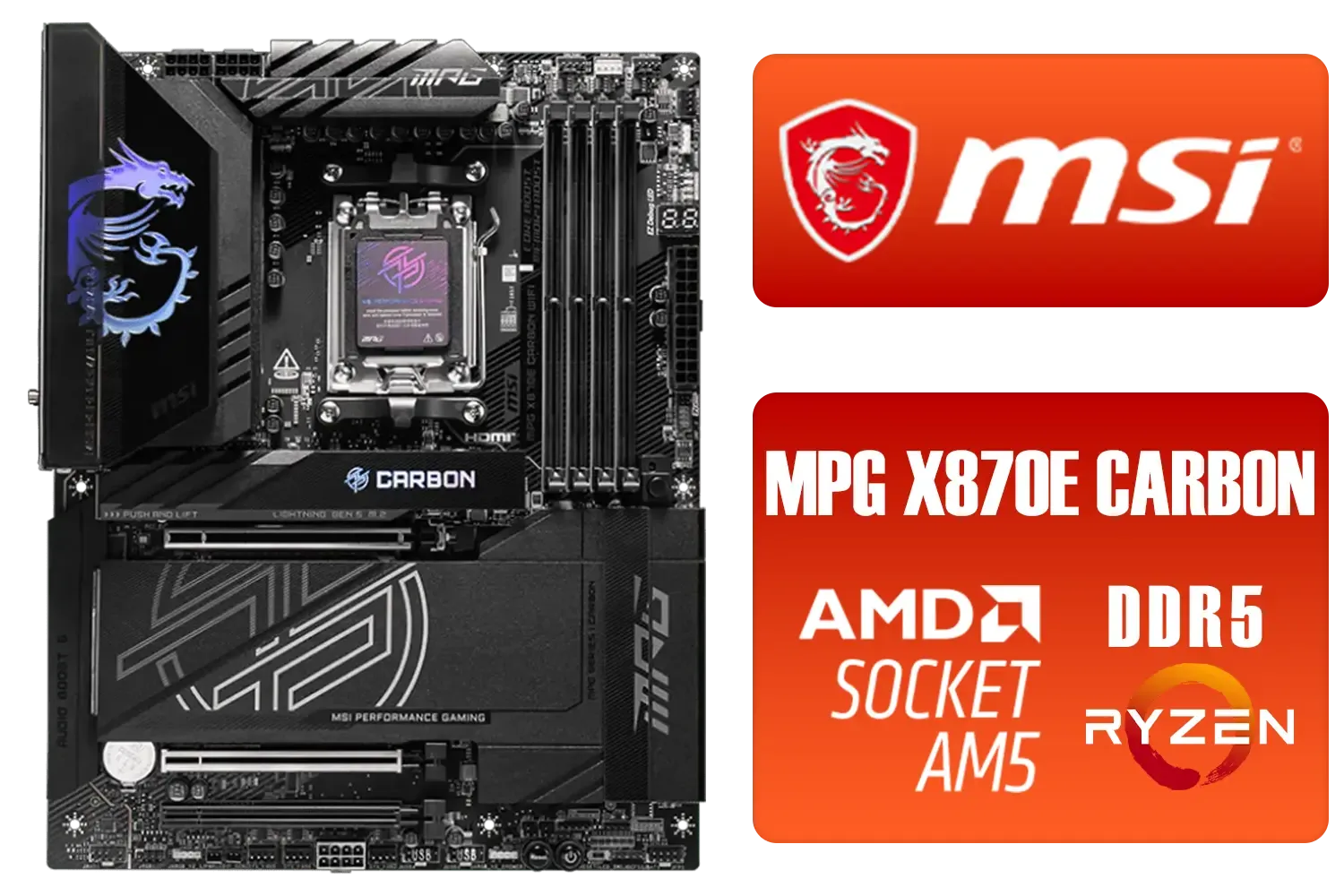



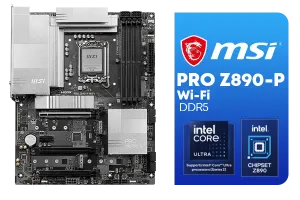
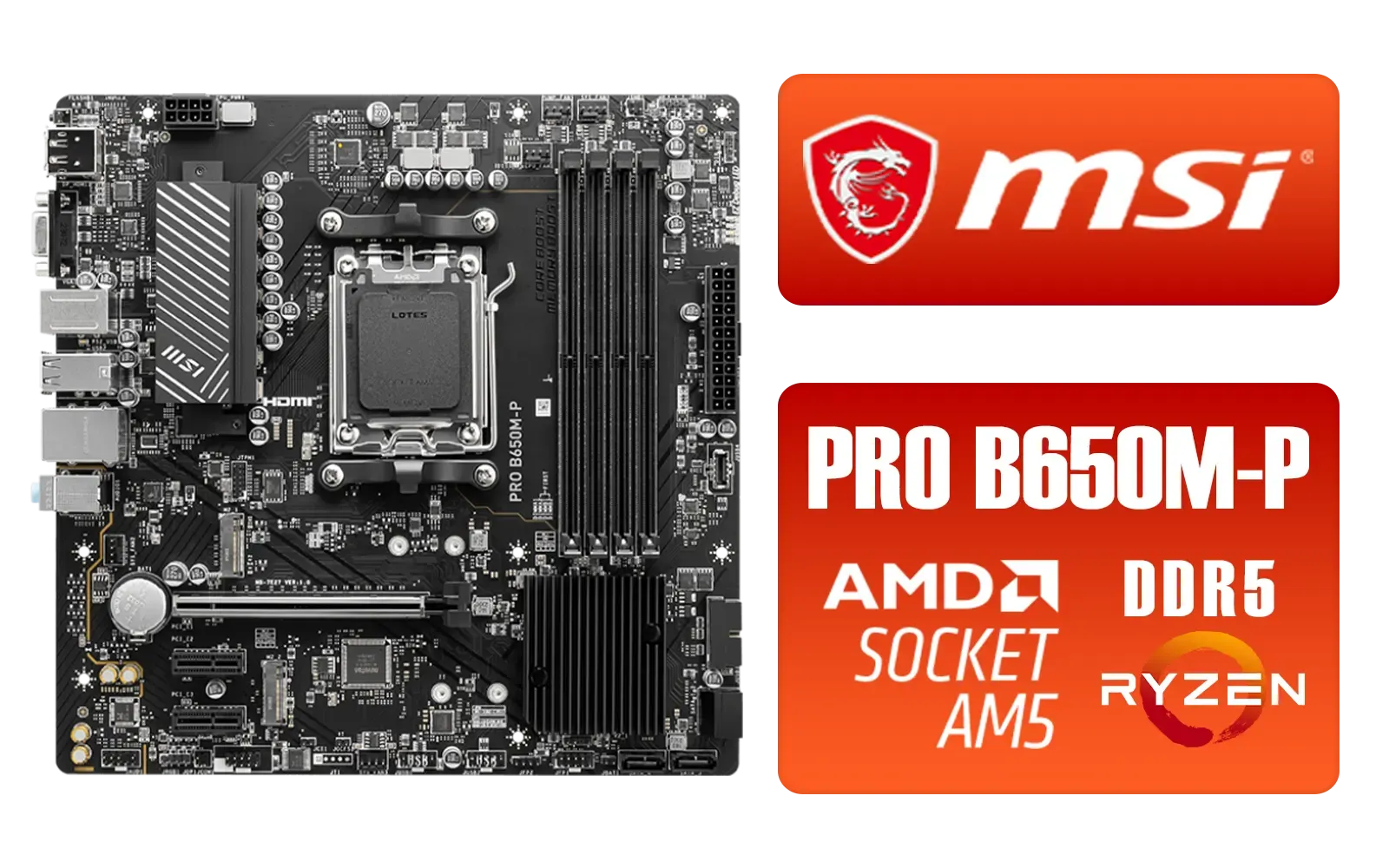
Your graphics card slots into a PCIe slot. Modern GPUs use PCIe 4.0 or even 5.0 for maximum bandwidth. While running a PCIe 4.0 GPU in an older PCIe 3.0 slot won't slash your frames in half, it can cause a small performance dip of a few percent, especially with top-of-the-line cards. As GPUs become more powerful, this gap will widen. It's crucial to ensure your motherboard’s primary GPU slot matches your card's potential. Even many affordable motherboards now offer at least one PCIe 4.0 slot.
Your motherboard's chipset and build quality determine the maximum speed and stability of your RAM. High-speed RAM can provide a significant FPS boost, particularly in CPU-intensive games. A budget motherboard might struggle to run RAM at its advertised XMP or EXPO speeds, forcing you to use slower, default settings. This leaves precious performance on the table. A quality board ensures you can leverage every last megahertz your memory offers.
So, while the motherboard's effect on FPS is indirect, it's undeniable. You don’t need the most expensive board on the market, but you do need the right one for your components.



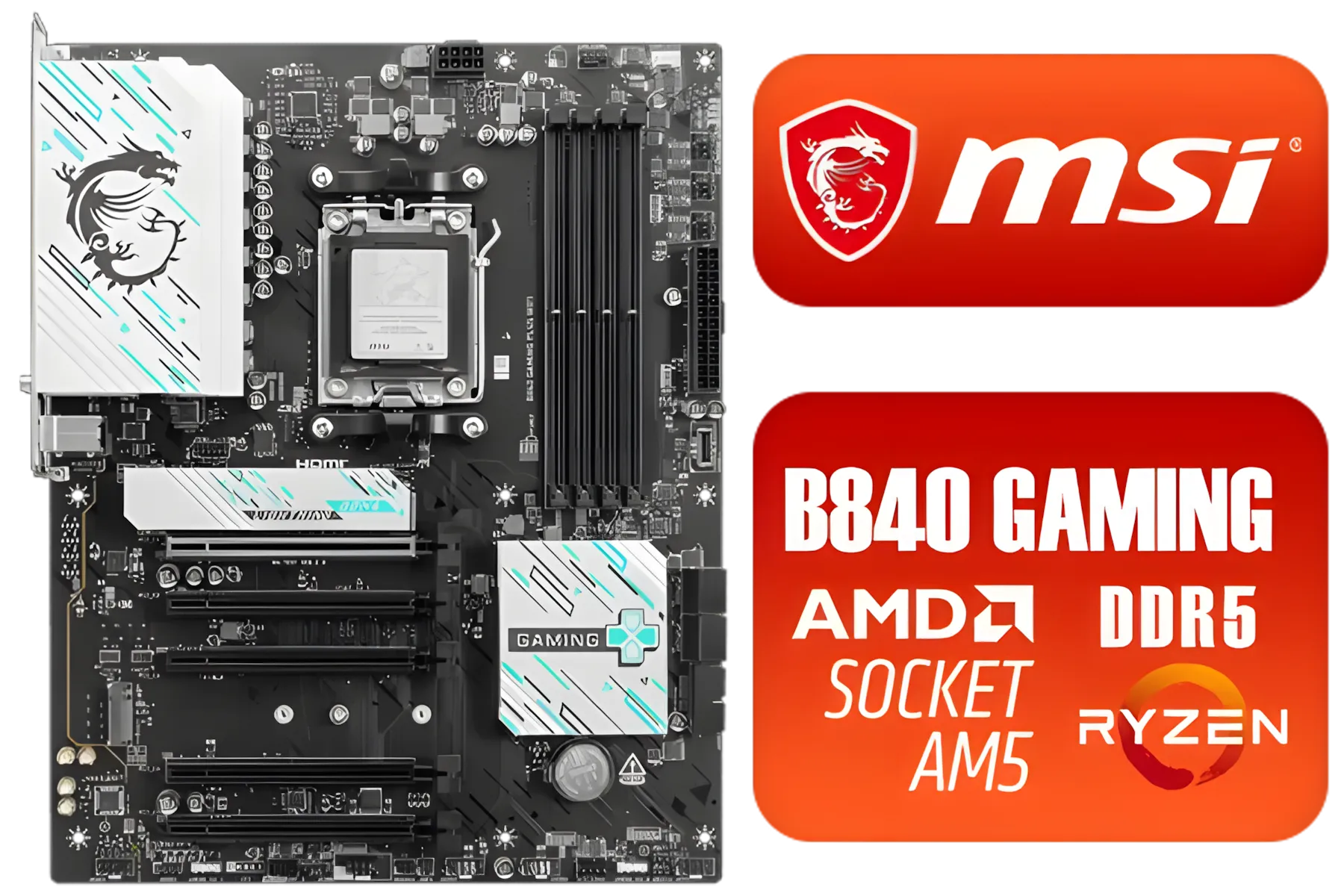


Consider an upgrade if:
Ultimately, choosing a motherboard is about building a balanced system. A great board won't increase your FPS, but a bad one can definitely drag it down. 🚀
Ready to Build a Balanced Rig? A great gaming PC starts with the right foundation. Stop bottlenecks before they start by choosing a motherboard that can unleash your components' true power. Explore our massive range of motherboards and find the perfect match for your build.
A better motherboard won't directly increase FPS like a GPU or CPU. However, it provides stable power, better cooling, and faster connectivity, preventing performance bottlenecks that can limit your other components.
A motherboard matters significantly for system stability and unlocking the full potential of your CPU and GPU. For gaming, its main role is to ensure high-performance components can communicate and operate without restriction.
Not directly. Expensive motherboards offer features like better overclocking support and superior VRMs. These only boost performance if you have high-end components that can utilize them. A mid-range board is often sufficient.
Yes, a motherboard can bottleneck a GPU, primarily through an outdated PCIe slot. A modern GPU in an old PCIe 3.0 slot, for example, will not perform at its full potential. Ensure your board's PCIe version matches your GPU.
The most important features are a compatible CPU socket and chipset, robust VRMs for stable power delivery, and a modern PCIe x16 slot for your graphics card. These ensure your core components perform optimally.
Upgrading your motherboard alone rarely yields a big FPS boost. It's only worth it if your current board is bottlenecking a new CPU or GPU, or lacks essential features like M.2 slots or proper power delivery for overclocking.